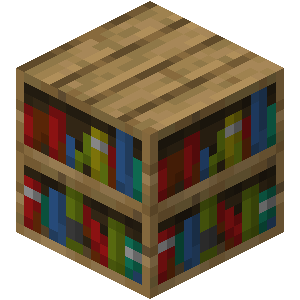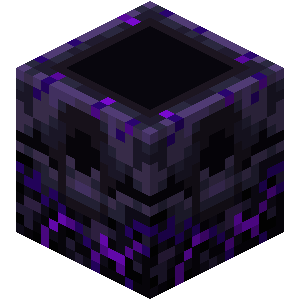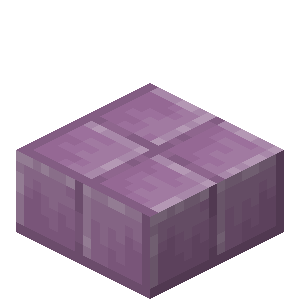A list of all the patterns I've discovered, as well as what they do.
Thetis' Gambit ([pattern] | pattern → many)
Cast a pattern or list of patterns from the stack exactly like Hermes' Gambit, except that anything outside of this cast will not be captured by an Arke's Gambit within it.
Arke's Gambit ([pattern] | pattern → many)
Cast a pattern or list of patterns from the stack similarly to Iris' Gambit. Must be drawn within Thetis' Gambit.
All of the patterns that would have been drawn between the end of the pattern list and the end of the enclosing Thetis' Gambit are moved into a Call iota, which is pushed to the stack instead of a Jump iota.
When the Call iota is executed, the captured patterns will be cast as if by Hermes' Gambit. If the Call iota is not executed, the rest of the patterns within the enclosing Thetis' Gambit will be skipped.
Just like my Hexes interact with the stack, Nature uses a stack of its own (made up of "frames") when casting my Hexes. Jump iotas contain a snapshot of this stack at a particular moment in time, and I can use the patterns in this section to deconstruct and rearrange that snapshot.
Unfortunately, despite their similarity to Jump iotas, it seems these patterns do not work on Call iotas.
Additive Distillation (jump, jump → jump)
Remove the Jump iota at the top of the stack, then add all its frames to the bottom of the Jump iota at the top of the stack.
Length Purification (jump → num)
Remove the Jump iota at the top of the stack, then push the number of frames within it to the stack.
Flock's Disintegration (jump → many)
Remove the Jump iota at the top of the stack, then, for each of its frames, push a new Jump iota containing only that frame to the stack.
Speaker's Distillation (jump, jump → jump)
Remove the Jump iota at the top of the stack, then add its top frame to the top of the Jump iota at the top of the stack.
Speaker's Decomposition (jump → jump, jump)
Remove the top frame from the Jump iota at the top of the stack, then push a new Jump iota containing only that frame to the stack.
Ewer's Reflection (→ any)
Copy the iota stored in the jump tag of the current evaluation and add it to the stack.
Ewer's Purification (jump → any)
Like Ewer's Reflection, but the iota is read out of the jump tag of the top frame in a Jump iota.
Ewer's Gambit (any →)
Remove the top iota from the stack, and write it to the jump tag of the current evaluation.
As with Chronicler's Gambit, I cannot write my own Name using this spell.
I should be careful if using Ewer's Reflection or Ewer's Gambit at the very end of an invocation. The tag that it reads or writes may not be the one I expect.
 Caduceus Changes
Caduceus Changes Getting Started
Getting Started Hex Casting
Hex Casting A Primer On Jumps
A Primer On Jumps Caduceus Mishaps
Caduceus Mishaps Patterns
Patterns Delimited Jumps
Delimited Jumps Jump Manipulation
Jump Manipulation